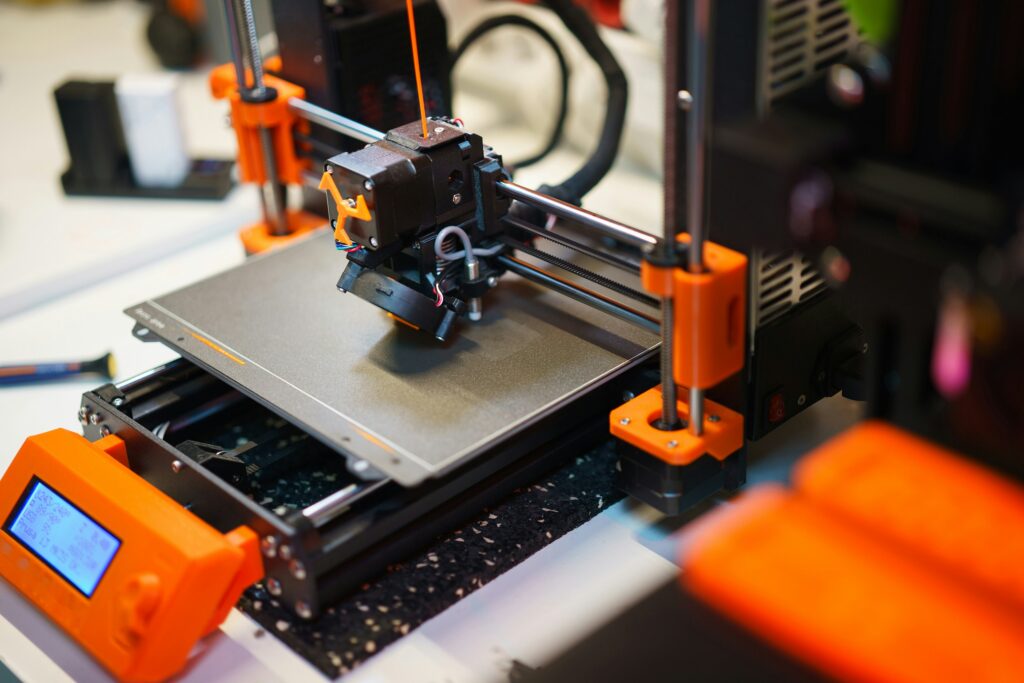Imagine a world where your morning coffee is brewed by a robot, your clothes are designed by artificial intelligence, and your car drives itself to work. It may sound like a scene from a sci-fi movie, but the reality is that we are living in an era where technology is transforming the way we live and work.
One of the most fascinating developments in recent years is the rise of 3D printing technology. Initially used for prototyping and product development, 3D printing has now evolved to revolutionize manufacturing processes across a wide range of industries. From aerospace to healthcare, companies are harnessing the power of 3D printing to create complex designs and parts with unprecedented precision and efficiency.
According to a recent report by Market Research Future, the global 3D printing market is projected to reach $44.39 billion by 2027, with key players such as Stratasys Ltd and 3D Systems Corporation leading the way. With advancements in materials and software, 3D printing is becoming more accessible and affordable, allowing small businesses and entrepreneurs to tap into its potential.
As Scott Crump, the inventor of Fused Deposition Modeling (FDM) technology, once said, “3D printing will transform manufacturing from mass production to mass customization.” Indeed, the ability to create personalized products on-demand is changing the way we think about production and consumption.
In conclusion, the rise of 3D printing is not just a technological advancement but a paradigm shift that is reshaping the future of business and society at large. As we continue to push the boundaries of what is possible with this transformative technology, the possibilities are truly limitless.



